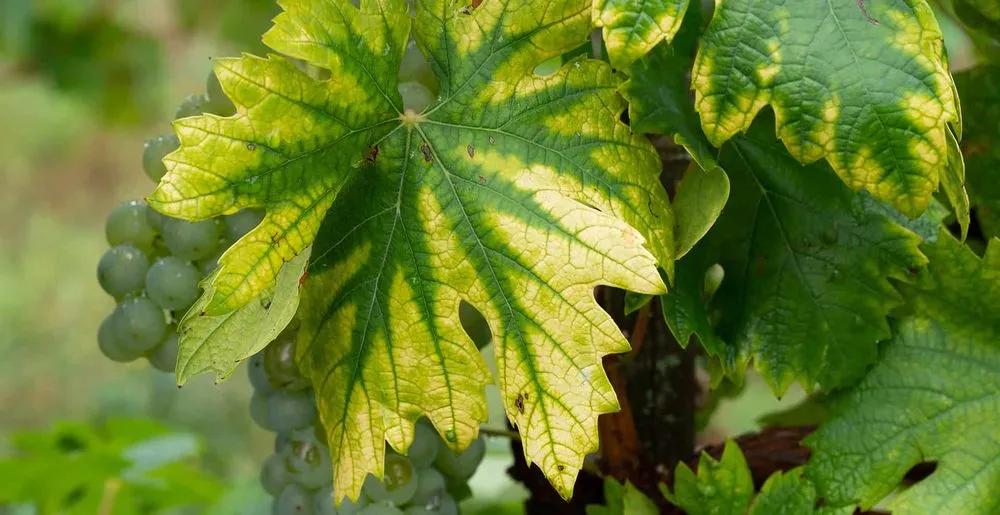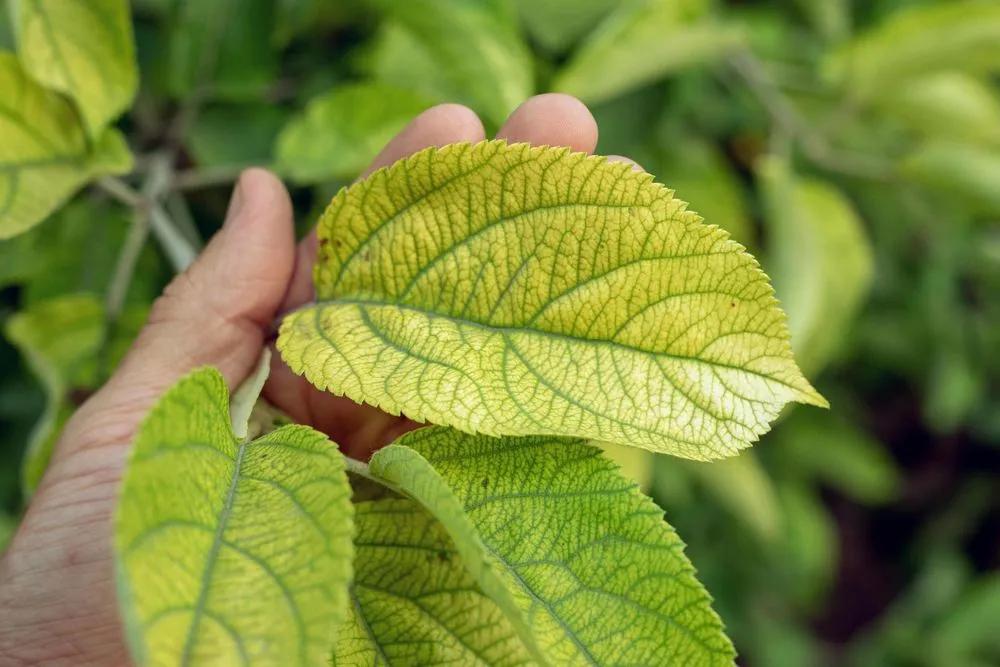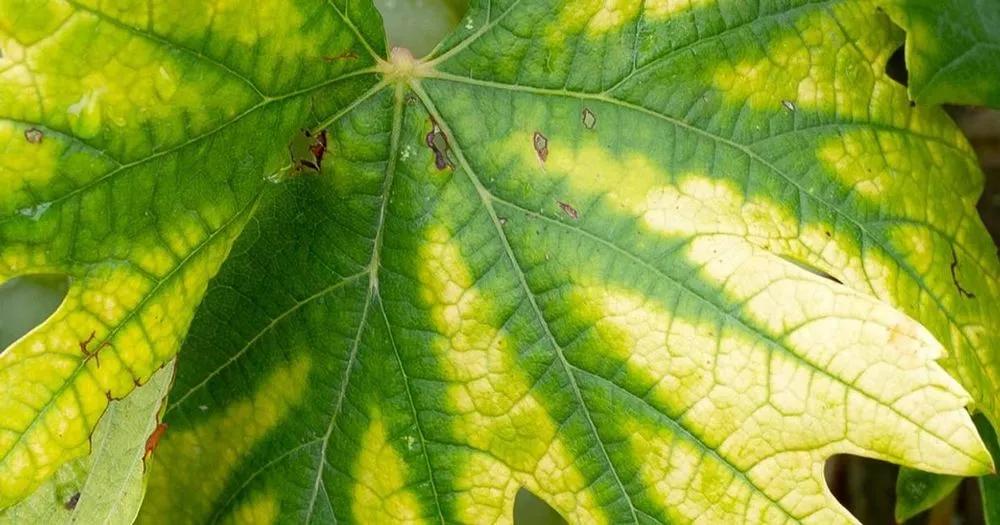Nitrogen is one of many essential nutrients for plants' optimal development and survival. It is essential to photosynthesis and, subsequently, chlorophyll and nutrient production. It is abundant in the atmosphere but often insufficient in soils, leading to nitrogen deficiency. Due to nitrogen's soluble nature, possible reasons for this are very low or very high pH levels, thin and sandy soils, and washing from soils by heavy rain. This leaves the soil deficient and tramples the plants' development. Nutrient deficiency can affect all plants but is especially common in vegetables.
Nitrogen Deficiency in Plants



Signs of damage
The most common signs of damage are:
- Older leaves become yellow. Since the nitrogen is not enough for the entire plant, old leaves are the first affected, and young new lives are prioritized.
- Long and thin leaves. Leaves become thinner and longer, with yellow and reddish or pinkish tints. In severe cases, leaves begin to crisp up.
- Soft leaves. Leaves lose their strength and begin to fold in.
- Chlorosis. All the leaves become a pale lime-green or yellow-green shade.
- Falling of leaves. The older leaves will begin to fall. Nitrogen promotes leafy green foliage, so leaves will be the most affected part of the plant.
- Poor flowering and fruiting.
- Stunted growth. Due to its inability to feed properly, the plant will decrease its growth rate and potentially stop growing altogether.
How to prevent
Consistently and regularly feeding the soil with organic matter, either with garden compost or manure, will stabilize the nitrogen levels and maintain them. This also maintains the levels of moisture and assures that not only nitrogen but also important nutrients are restored. Feed at the spring's beginning to ensure healthy and rich soils before the growing season, periodically checking and monitoring pH levels to prevent any major changes and adjusting them if necessary.
Heal
Other nutrient deficiencies might have similar symptoms, so make a proper diagnosis before applying any specific treatment.
Applying liquid high-nitrogen fertilizers will quickly enrich the soil with the lacking nutrient and eliminate the damage since plants will immediately start feeding and restoring themselves. Severe damage to older leaves might be beyond repair, but plants usually recover fully.
Go Premium to continue reading
Also you’ll get unlimited access to disease identification and all the other beneficial features
More problems
